Promoting Astrobiology in Mexico
By Santiago Cadena & Manet Peña
Throughout human history, our civilizations have been driven by a deep curiosity about our origins — both our own existence and the emergence of life within the vast expanse of the cosmos. Both ancient and modern cultures have created diverse stories explaining the emergence of the universe and life as part of our human mythology. Nowadays, those topics are also investigated from a scientific perspective.
Astrobiology is a fascinating scientific field that studies the origin, evolution, distribution, and potential futures of life in the universe, from the development of unicellular organisms to the evolution of biological systems and the possibility of intelligent life elsewhere. International academic agencies in various countries have collaborated to promote research, technology, and human resources in the field of astrobiology. In this sense, the Mexican Astrobiology Society (Sociedad Mexicana de Astrobiología, or SOMA) is a non-profit organization that brings together researchers and students to collaborate on developing and promoting astrobiology in Mexico.
Over the past two decades, SOMA has experienced significant growth and expansion. The scientists Ramiro Iglesias, Miguel Ángel Herrera, Ma. del Carmen García, José Antonio Ruiz de la Herrán, and Miguel Gil, founded the Mexican Society of Life Sciences in Space, which was reorganized as SOMA in 2002. During all this time, SOMA has been one of the most dedicated and influential organizations in advancing the field of astrobiology in Mexico, supported by the Mexican Space Agency (AEM) and mainly funded by the National Council of Science and Technology of Mexico (CONACYT). In 2011, SOMA was granted external membership to the European Astrobiology Network Association, and, in the following year, the organization further solidified its standing by becoming one of the international partners of the NASA Astrobiology Institute.
SOMA carries out two principal academic activities: the National Astrobiology Conference and the Mexican School of Astrobiology (Escuela Mexicana de Astrobiología, or EMA), both events occur interspersed year after year. To date, 12 different conferences have been organized and 6 sessions of EMA have occurred.
The EMA offers training programs for both undergraduate and graduate students, featuring master classes taught by distinguished national and international researchers in the field of astrobiology. Moreover, the EMA has organized field trips to various astrobiologically-relevant sites across Mexico, giving students the unique opportunity to collect and analyze samples in the laboratory. The sites that have been visited include hot springs in Guanajuato, intertidal flats in Laguna Figueroa, Baja California, and endoevaporites located at Alchichica Crater Lake, Puebla, Mexico, among others (Figure 1).
Figure 1: Professors and students at different EMAs editions. (A) Laguna Figueroa, Baja California (B) Guanajuato, Guanajuato, (C) Hermosillo, Sonora and (D) San Andrés Cholula, Puebla.
Those sites hold great significance for astrobiology, especially Laguna Figueroa, which was studied by renowned scientist Lynn Margulis, best known for her contributions to the serial endosymbiosis theory, which suggests that certain eukaryotic organelles may have arisen through the co-evolution and merging of multiple organisms. During her research, Margulis visited Laguna Figueroa to study microbial mats (living constructions created by microorganisms) that play a crucial role in nutrient recycling and are believed to be one of the earliest forms of life on Earth.
The most recent EMA took place in September 2022 in Cuernavaca, Morelos. During the event, students had the opportunity to visit Cacahuamilpa in Guerrero (Figure 2), a location renowned for its vast caves, towering stalactites, and otherworldly rock formations. These caves house microorganisms capable of surviving in extreme conditions devoid of light, using unique nutrients like sulfur and nitrogen compounds. Those microbes are of great interest to astrobiology due to their ability to survive in extreme environmental conditions that potentially could occur in other worlds.
Figure 2: Rock formations and students in the caves of Cacahuamilpa, Mexico.
These activities are one of the best ways to promote astrobiology among young scientists from different disciplines. In addition, the chance to explore different astrobiologically-relevant sites in Mexico while building valuable professional connections is among the most rewarding experiences offered by the EMA program.
Thanks to the efforts of Mexican astrobiologists, SOMA has seen a growth in its membership of students and professors, as well as an increase in scientific productivity. Collaborations with institutions in Latin America, North America, and Europe have also expanded. As SOMA continues to promote the field of Astrobiology in Mexico and beyond, the organization remains open to forging new alliances and partnerships.
References
Cadena S, Maza-Márquez P, Ramírez Jiménez S, et al., 2022. Microbial Mats: Primitive Structures That Could Help us Find Life on Other Worlds. Front. Young Minds. 10:654148. doi: 10.3389/frym.2022.654148.
Margulis L, Barghoorn ES, Adhendorf D, et al., 1980. The microbial community in the layered sediments at Laguna Figueroa, Baja California, Mexico: Does it have Precambrian analogues? Precrambian Res. 11, 93-123.
Montoya L, Cordero G, Ramírez S. 2022. Astrobiología una visión transdisciplinaria de la vida en el Universo. Fondo de Cultura Económica. Instituto de Ciencias Nucleares.
https://astrobiology.nasa.gov/news/the-mexican-astrobiology-society/
Santiago made an academic stay at NASA, Ames Research Center, under the supervision of Brad Bebout, studying hypersaline microbial mats. Currently, Santiago is doing a post-doctorate in Astrobiology and he is Assistant Secretary of Science Outreach of the Mexican Society of Astrobiology.
Manet completed a research stay at the California Institute of Technology (Caltech). Currently, she is doing her Ph.D. studying microbes of hydrothermal vents. She is a member of the Astrobiology Lab at UNAM and is the Secretary of Science Outreach of The Mexican Astrobiology Society.



